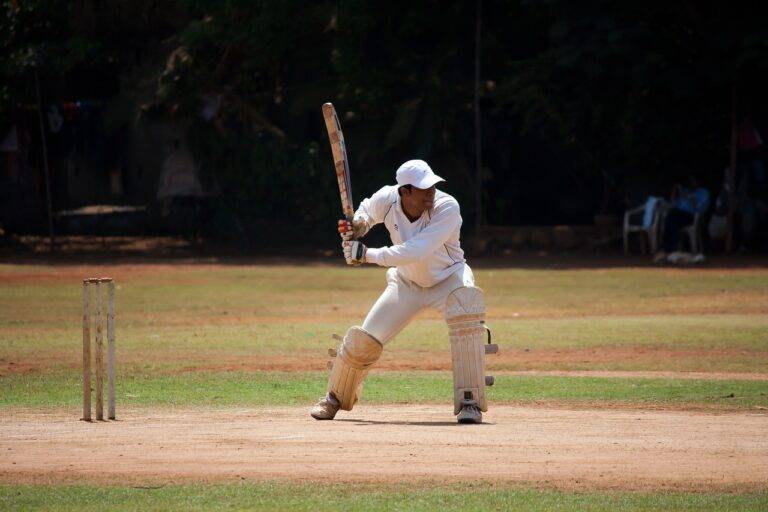The Evolution of Cricket Rules: Insights from Historical Data Analysis
betbook250, 11xplay.pro/login, yolo247 login:Cricket has a long and rich history, with origins dating back to the 16th century. Over the years, the game has evolved significantly, including changes to its rules and regulations. In this article, we will delve into the evolution of cricket rules by analyzing historical data to gain insights into the development of the game.
Early Origins of Cricket
The exact origins of cricket are somewhat murky, but it is believed to have been played in England as far back as the 16th century. The game was initially played by children in fields and later evolved into a popular pastime for adults. As the game grew in popularity, rules were developed to standardize gameplay and ensure fair competition.
The Establishment of the Laws of Cricket
In 1744, the Laws of Cricket were written down for the first time by members of the London Cricket Club. These laws established the basic rules of the game, including the size of the playing field, the number of players on each team, and how runs were scored. The Laws of Cricket have been revised and updated over the years to reflect changes in the game and ensure its continued growth and popularity.
The Introduction of Limited Overs Cricket
In the 1960s, cricket underwent a significant change with the introduction of limited overs cricket. This format of the game limited the number of overs each team could bowl, leading to faster-paced matches and more exciting gameplay. Limited overs cricket eventually gave rise to One Day Internationals (ODIs) and T20 cricket, which have become immensely popular around the world.
The Advent of Technology in Cricket
In recent years, technology has played an increasingly important role in shaping the rules of cricket. The introduction of tools such as Hawk-Eye, Hot Spot, and Snicko has helped umpires make more accurate decisions on the field, leading to a fairer and more transparent game. Additionally, the Decision Review System (DRS) has allowed players to challenge umpiring decisions, adding an extra layer of strategy to the game.
FAQs
Q: What is the current format of cricket?
A: Cricket is played in various formats, including Test matches, One Day Internationals (ODIs), and Twenty20 (T20) matches.
Q: How many players are there on a cricket team?
A: A cricket team typically consists of 11 players.
Q: What is the role of the umpire in cricket?
A: The umpire is responsible for officiating the game, making decisions on the field, and ensuring fair play.
In conclusion, the evolution of cricket rules has been shaped by a combination of tradition, innovation, and technological advancements. By analyzing historical data, we can gain valuable insights into how the game has developed over time and how it continues to evolve in the modern era. As cricket continues to grow in popularity around the world, it is likely that we will see further changes to its rules and regulations to keep pace with the ever-changing landscape of the sport.







